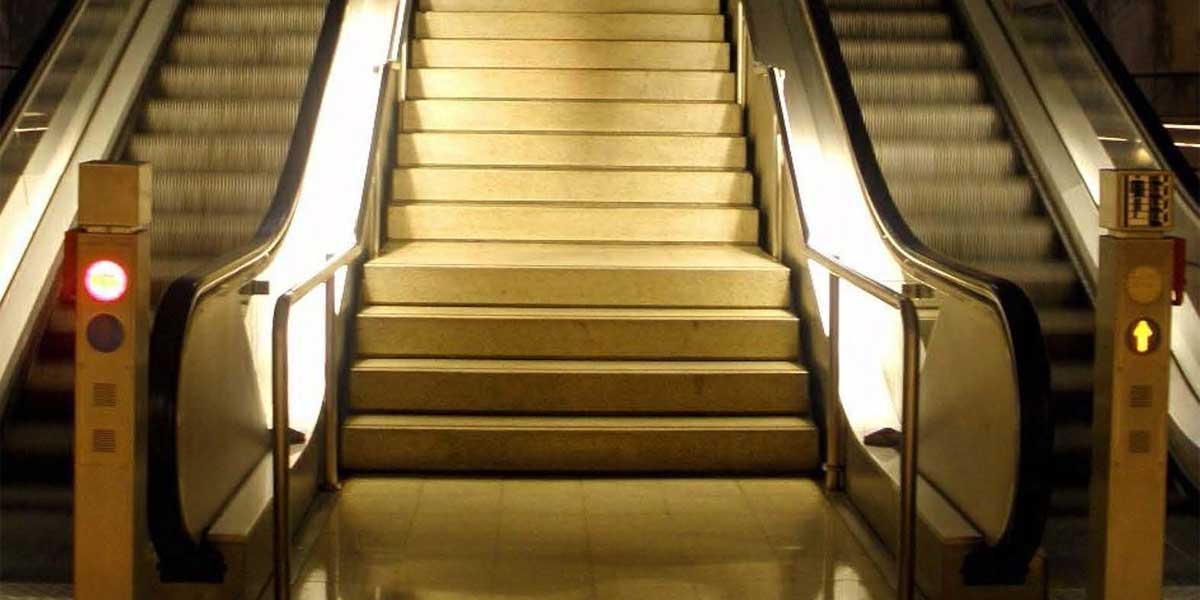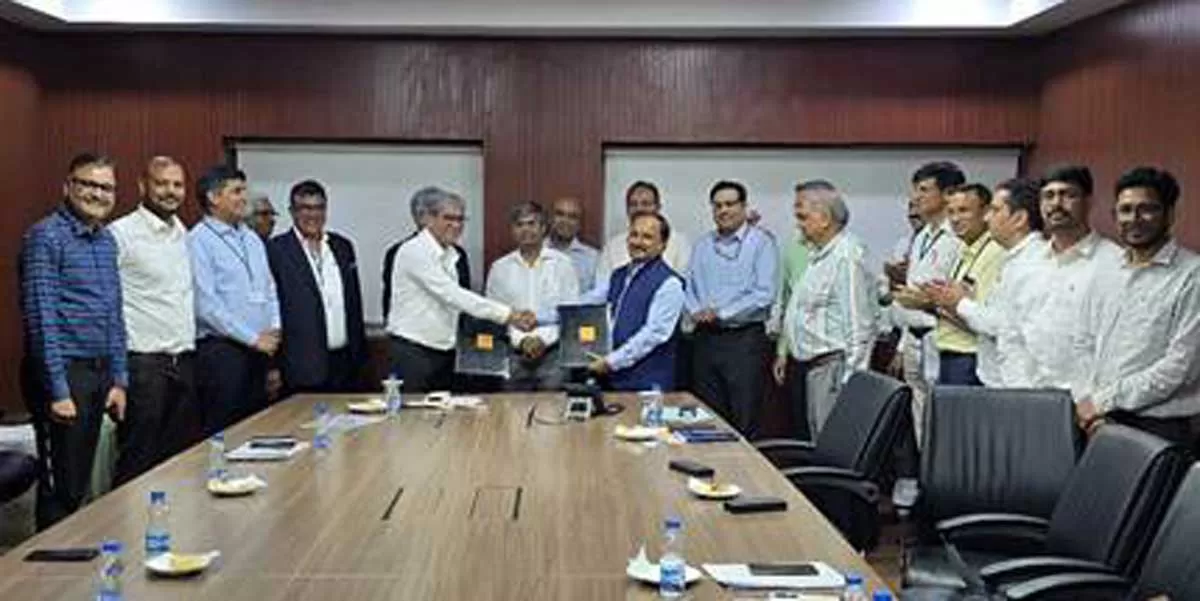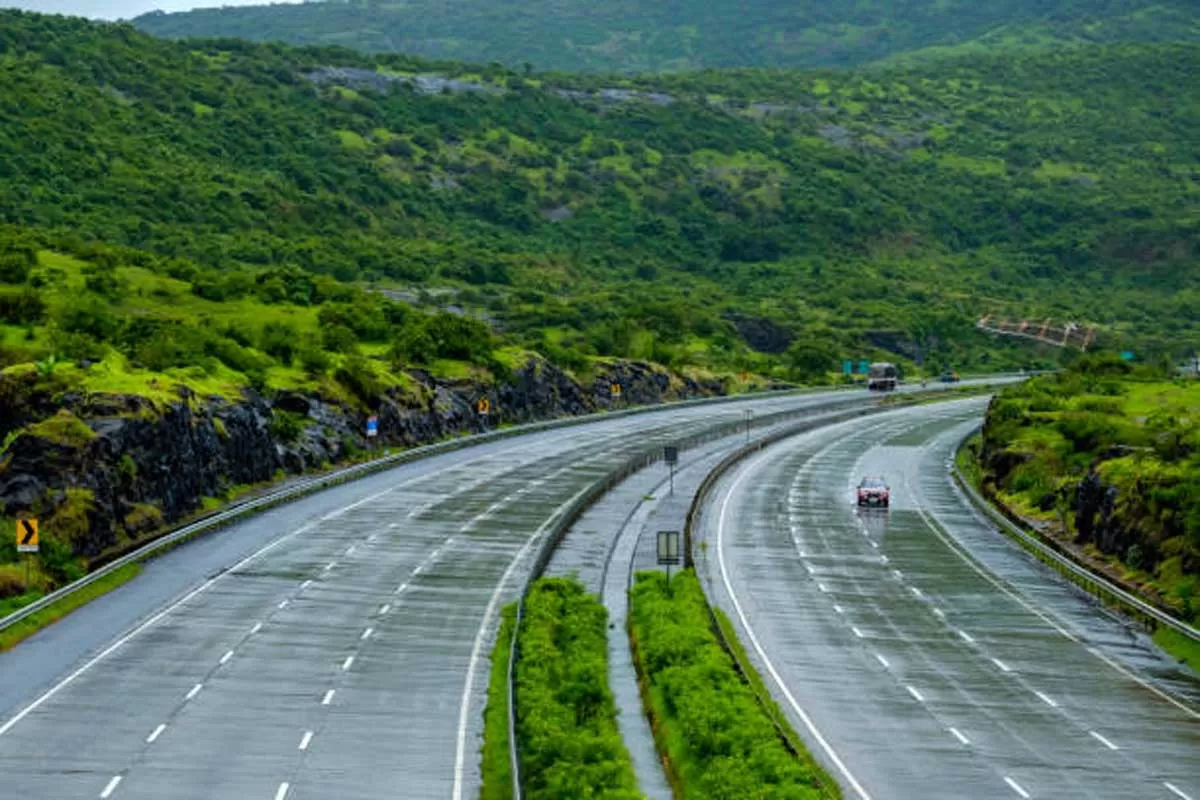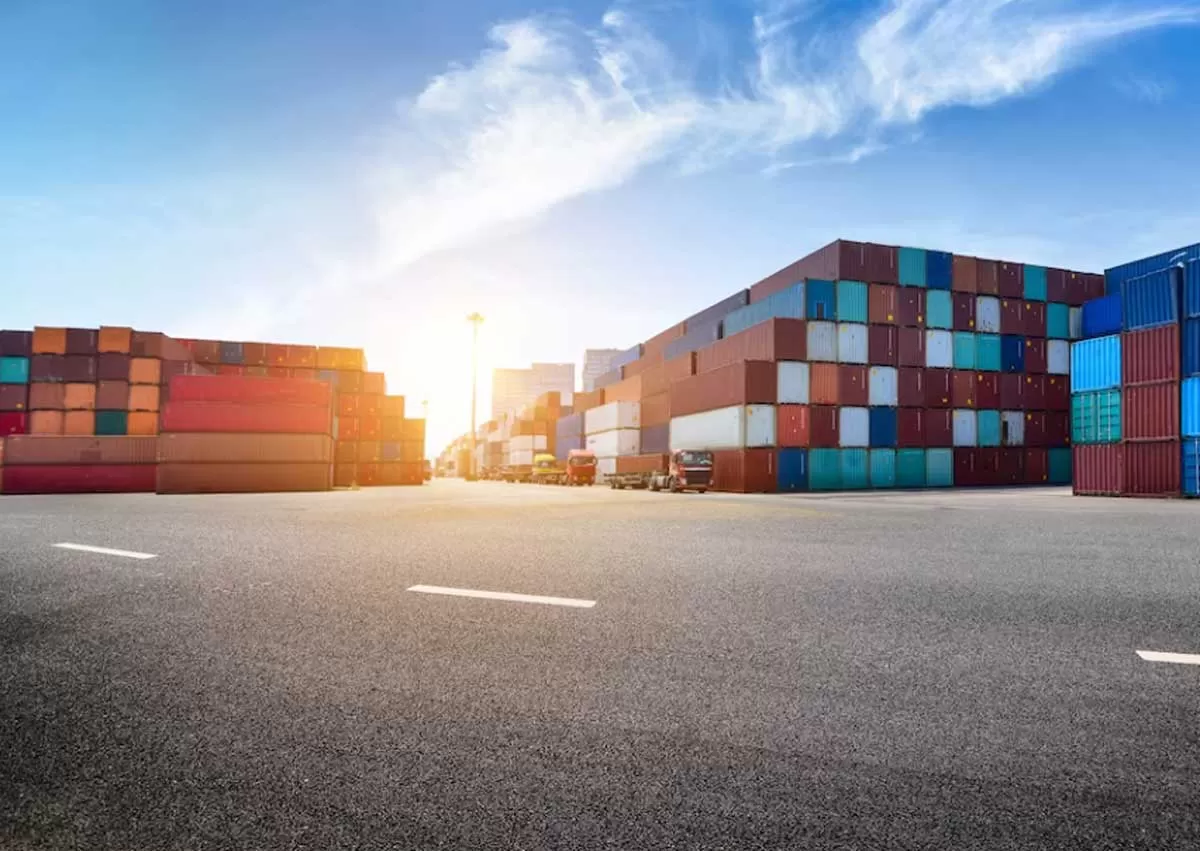CW presents elevator and escalator demand trends in light of the pandemic, and otherwise.It comes as no surprise that sales and supplies of elevators and escalators plummeted during Q2, a period coinciding with the complete lockdown of the economy. A cautious, slow revival started in Q3 with the recommencement of many stalled projects.“New project launches grew 4.5 times and sales grew 2.5 times compared to Q2 of 2020, with the residential market displaying a better than expected recovery in Q3,” says Manish Mehan, CEO & MD, thyssenkrupp Elevator (India).Happening realtyIn the past few months, we have seen a resurgence of real estate, which has been positive for the elevator industry, according to Amit Gossain, MD, KONE Elevator India. “Demand for elevators for mid-rise and high-rise residential and commercial buildings is the biggest driver and will continue to be so. However, commercial complexes like supermarkets and shopping malls and airports present opportunities to install the latest models.”“In Maharashtra, the subsidy on real estate has spurred demand for residential units, and a lot of smaller developers have rushed to complete projects,” shares Manoj Amale, Director, Vertis Elevators.“Affordable housing is a key driver; I expect this to continue,” says Antony Parokaran, CEO, Eros Elevators. “Residential real estate, in general, has picked up. People are trying to step up to larger properties as a result of working from home.”At present, demand is being driven mainly by low-cost affordable residential housing projects, which are doing reasonably well, observes Amit Maitra, Managing Director, Lerch Bates. “We are upbeat about the growth of the affordable housing segment, as it has the potential to be a gamechanger,” agrees Mehan.Infra pushGrowth in the construction of new metro stations has increased demand for elevators and escalators directly and indirectly, by having a favourable impact on real estate, says Gossain. For his part, Maitra believes demand from metro and airport projects is slow owing to lockdown-induced project implementation delays.COVID-preventive featuresLifts with COVID-preventive features and machine room-less lifts offering different car interior finishes are in demand nowadays, says Maitra.What are some features that help further health and wellbeing?Latest elevator control systems like destination despatch systems ensure less crowded elevators, while new ventilation systems and calling elevators using mobile apps or similar techniques make elevators safer to use, observes PS Sudheer, Principal Consultant, AEC Asia Inc.Touch-free is the new normal, with clients looking for solutions that will help navigate the pandemic safely and comfortably, adds Gossain. A case in point: Aurum Ventures’ commercial office buildings at Aurum Q Parc, a 7 million sq ft integrated township on Thane Belapur Road, Navi Mumbai, make use of destination port control elevators with touchless access control technology. With these, access points are all synced on a mobile application allowing occupants to travel to their respective offices without physically touching any call buttons. When an occupant flashes his or her mobile-based access control app on the flap barrier at the ground level, the elevator is called in for his or her office floor. Staying ahead of the technology curve has helped us face the challenges posed by the COVID-19 crisis, affirms Shreerang Athalye, Group President, Aurum Ventures.Here's another example: “Otis recently worked with India’s RMZ Corp. to integrate the Bluetooth-powered Otis eCall™ smartphone app with elevators at RMZ Infinity, shares Sebi Joseph, President, Otis India. This app enables passengers to call certain elevators directly from their phone, creating a fast, safer touchless passenger experience.Nevertheless, Kriyang Patel, Director, Trio, believes touch-free technology is still to gain wide acceptance even against the backdrop of the Coronavirus. Features like HEPA filters are still new and gradually being accepted for high-end projects. “While customers are enquiring more about touchless technology, shifting to this way of operations will necessitate a change of mindset and the cost of retrofitting existing elevators, so I think it is some time away and may dissipate if the impact of COVID reduces,” agrees Parokaran.“We have installed HEPA air filters in elevators across all Runwal developments and properties,” shares Saurabh Runwal, Associate Director, Runwal. However, the group is resorting to more traditional ways to protect passengers from touching surfaces. “Strategically placed tissues help passengers to avoid touching buttons,” adds Runwal. Other safety measures include the installation of sensor-based hand sanitisation stations at elevator entry and exit points, the use of air disinfectant and the regular cleaning and disinfection of elevator buttons, doors and walls. Place markers usually restrict the number of passengers to four but passengers are encouraged to stand facing the wall if the elevator is fuller. In malls, Runwal is practicing automated halt at all levels and protecting escalator passengers by social distancing and disinfection of escalator belts and railings twice or thrice hourly.Wellness solutionsOtis’ purification solutions include a purification fan for elevators, which uses an anion generator and ultraviolet lamp to kill germs and other microorganisms. For escalators and moving walks, a UV-C light handrail sanitiser is available.KONE India’s health and wellbeing solutions include elevator load adjustment; escalator handrail sanitiser (using UV-C ultraviolet light to gradually disinfect escalator handrails); elevator call using a social messaging channel like WhatsApp installed on a mobile phone; and elevator air purifier based on an advanced photocatalytic oxidation process developed by NASA for air control on spaceships.To cater to the demand for touchless elevator calling solutions, thyssenkrupp has developed Active IR, proximity sensor-based, Bluetooth-based, QR code scanner-based, IoT-based and voice recognition-based solutions. Advanced air purification solution, LED thermal cameras, aerosol disinfectant solutions and escalator UV sanitising solutions help create healthier indoor spaces.Indian versus globalThe elevator market is populated by both international brands as well as indigenous players.Both organised and indigenous players have their own clientele, opines Patel. “However, a very slow shift towards organised players is underway.”International brands known for their reliable and efficient products and services dominate the market, opines Mehan.“Indigenous companies usually cannot take on very large government projects where ISO mark products are mandated and terms typically involve full payment after completion as we cannot raise that kind of finance,” says Amale.However, indigenous vendors bring their own advantages.“Indigenous vendors are more flexible about schedules, size of the shaft and offer less expensive maintenance contracts,” observes Amale. “Overseas brands have a set way of working. Recently, we won a contract in Mumbai even though we were pitted against larger companies. Indigenous companies are now servicing government projects as well.”“We are a smaller organisation and hence more flexible and capable of serving the need for niche solutions,” says Parokaran. “Customers look for a good, safe, reliable product delivered on time, backed by good after-sales service. We have been around since 1947 and have the expertise to handle larger projects such as the Tata Amantra with 40-plus elevators.” What’s more, “nowadays, indigenous brands are looking to upgrade their product lines to offer technologically advanced elevators with better aesthetics and customised finishes and options,” observes Sudheer.“Omega introduced touchless technology in India, and now many indigenous companies also offer automation. Automation is not rocket science,” points out Amale.Point taken!Future opportunitiesWe expect to get back to pre-COVID levels of business in the next two quarters, says Antony Parokaran, CEO, Eros Elevators. “Factors favourable for this include stable real-estate prices, lowest-ever interest rates and the Government’s encouragement of low-cost housing. Residential registrations in Mumbai are at an all-time high.”The market for escalators has a good growth potential in view of the metros coming up, new airports especially in smaller cities and railway stations to ease people movement, he adds.With site activities expected to further pick up in the first half of 2021 subject to the external environment and availability of labour, Amit Maitra, Managing Director, Lerch Bates, expects the offtake of vertical transportation equipment by other segments like malls, commercial and IT parks to increase commensurately.PS Sudheer, Principal Consultant, AEC Asia Inc, expects the office segment in major towns in particular to continue to see low demand, an outcome of the continuing work-from-home trend. He too cites the lowest-ever interest rates and the Government’s focus on housing for all to spur demand for residential real estate, particularly affordable housing.Other opportunities for elevators lie in retail, the hospitality and medical segment and residential real estate, continues Sudheer. “Malls, retail and hypermarkets will need escalators and autowalks. In the infra segment, metros, railway station upgradations, transit centres, FOBs and airports will boost demand for elevators and escalators.”Kriyang Patel, Director, Trio, lists airports, metro stations, railway stations, foot over-bridges, shopping malls and commercial buildings as potential drivers of demand. “In particular, the Indian Government targeting metros in 25 cities and new airports in Tier II and Tier III cities in addition to expanding or facelifting existing airports will substantially increase demand for elevators, escalators and moving walkways in the next five years.”Manoj Amale, Director, Vertis Elevators, sees good opportunities in new government hospitals while Amit Gossain, MD, KONE Elevator India, sees great potential in the airport sector with the Government pushing for modernisation.New metro rail stations in cities such as Delhi, Bengaluru, Hyderabad, Chennai and Pune and new airports will contribute to the growth of Indian real estate as well as the elevator industry, opines Manish Mehan, CEO & MD, thyssenkrupp Elevator (India).Other innovationsThis year Otis India added the Gen2 Stream to its Gen2 product family. This Bengaluru-built machine room-less model is optimised for the commercial segment and offered in two speeds (1 mps and 1.75 mps) in a wide range of designs so customers can easily match it with existing building aesthetics.Eros Elevators recently launched a new machine room-less, gearless, passenger elevator for the low to mid-rise segment with superior aesthetic and safety features as part of its CHARVI series. Next, it will relaunch a product for home villas with better aesthetics and suitable for different shaft sizes.thyssenkrupp’s fast and energy-efficient elevator system TWIN is equipped with intelligent traffic control that can help direct a certain number of users to the elevator based on social distancing requirements.thyssenkrupp MAX is the industry’s first real-time, Cloud-based predictive maintenance solution. It increases elevator availability by evaluating the remaining lifetime of each key component and system, thus reducing out-of-service situations by up to 50 per cent.Incidentally, artificial intelligence (AI) and machine learning with IoT technology have helped elevator companies to connect and monitor most new elevator installations in real time, observes PS Sudheer, Principal Consultant, AEC Asia Inc. This allows companies to focus on predictive maintenance rather than preventive/breakdown maintenance, ensuring higher equipment uptime and better equipment performance and user experience.“We have seen rising demand for our AI-based 24/7 Connected Services, a solution providing valuable information on upcoming maintenance needs and identifying potential issues before they cause problems,” shares Amit Gossain, MD, KONE Elevator India.Kriyang Patel, Director, Trio, believes energy-saving technology and predictive maintenance apps will be widely used in the near future. Trio has brought out navigation systems, group controllers and high-speed lifts.And thyssenkrupp’s new elevator, meta200, combines German precision-engineering with reliable safety and security features, an advanced car design with a 360° vibration reducing system, inspiring designs, high-end materials, etched patterns and highly durable finishes for an all-round premium experience.Ways to improve elevator and escalator safety In 1853, Elisha Graves Otis demonstrated his safety elevator at the New York Crystal Palace Exposition. With the declaration “All Safe, Gentleman”, Otis laid the foundation for today’s elevator industry. Undoubtedly, elevators and escalators (E&E) are the safest means of transport. Yet, over the years the script has taken a drastic turn for the worse, says TAK Mathews, Director, TAK Consulting. “India reported 31 fatalities in 2019 involving elevators and escalators. Despite the lockdown, there were another 21 fatalities in 2020. But with such news getting suppressed many times, the actual numbers could be higher.”Sketchy newspapers report these incidents as freak. But they are anything but freak and should never have happened, continues Mathews. “They happened because of deteriorating safety standards. The mantra for design, procurement and maintenance decisions is ‘cheap, cheaper, cheapest’. Even toilet fittings and horticulture have higher priority than E&E. When faced with immense price pressure, E&E companies resort to borderline design and material and lowered maintenance effort to meet bottomlines.”Also, numerous E&E do not meet the minimum provision set by Indian Standards and the National Building Code, says Mathews. “The deaths of an MP-based industrialist and his five family members in 2019, the five-year-old boy in 2020 and others can be linked to non-compliant installations. Many involved in E&E supply, installation and maintenance are unaware of the minimum requirements. Many, including prominent suppliers and developers, choose to ignore the requirements, citing economic considerations.”Another key problem is low statutory oversight, Mathews points out. “Some states do not have legislation covering E&E, literally allowing murder. Some issue licenses without checking installations. Accident investigations, when carried out, are without adequate technical competency.”Inadequate technical competency is yet another concern. “Modern-day technical graduates do not want to get their hands dirty while the industry wants faster ROI,” says Mathews. “Two decades ago, training would extend to years of hands-on field training but now this has been shortened and is often confined to classrooms.”To increase user awareness, the Elevator & Escalator Safety Trust was established in 2008. Unfortunately, except for a few companies like Johnson Lifts, Otis, Schindler and thyssenkrupp, it has found inadequate support.Clearly, the industry has drifted away from the “All Safe, Gentleman” assurance. Unless we all act, Mathews wonders, “Who knows who will be the next fatality?” - CHARU BAHRITo share your views on the market for Elevators and Escalators in India, write in at Feedback@ConstructionWorld.in


















